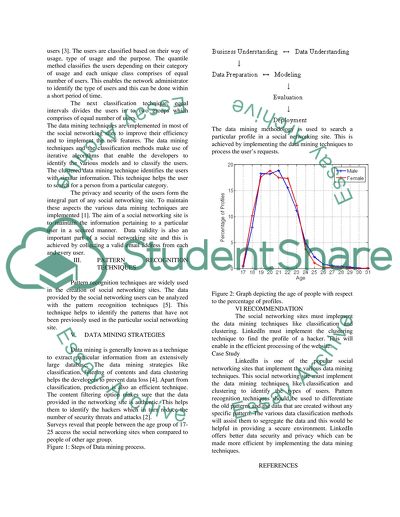Cite this document
(“Study of Social Networks users types, models, and effect of new Article”, n.d.)
Study of Social Networks users types, models, and effect of new Article. Retrieved from https://studentshare.org/miscellaneous/1534856-study-of-social-networks-users-types-models-and-effect-of-new-features-using-pattern-recogniton-and-data-classification-techniques
Study of Social Networks users types, models, and effect of new Article. Retrieved from https://studentshare.org/miscellaneous/1534856-study-of-social-networks-users-types-models-and-effect-of-new-features-using-pattern-recogniton-and-data-classification-techniques
(Study of Social Networks Users Types, Models, and Effect of New Article)
Study of Social Networks Users Types, Models, and Effect of New Article. https://studentshare.org/miscellaneous/1534856-study-of-social-networks-users-types-models-and-effect-of-new-features-using-pattern-recogniton-and-data-classification-techniques.
Study of Social Networks Users Types, Models, and Effect of New Article. https://studentshare.org/miscellaneous/1534856-study-of-social-networks-users-types-models-and-effect-of-new-features-using-pattern-recogniton-and-data-classification-techniques.
“Study of Social Networks Users Types, Models, and Effect of New Article”, n.d. https://studentshare.org/miscellaneous/1534856-study-of-social-networks-users-types-models-and-effect-of-new-features-using-pattern-recogniton-and-data-classification-techniques.


